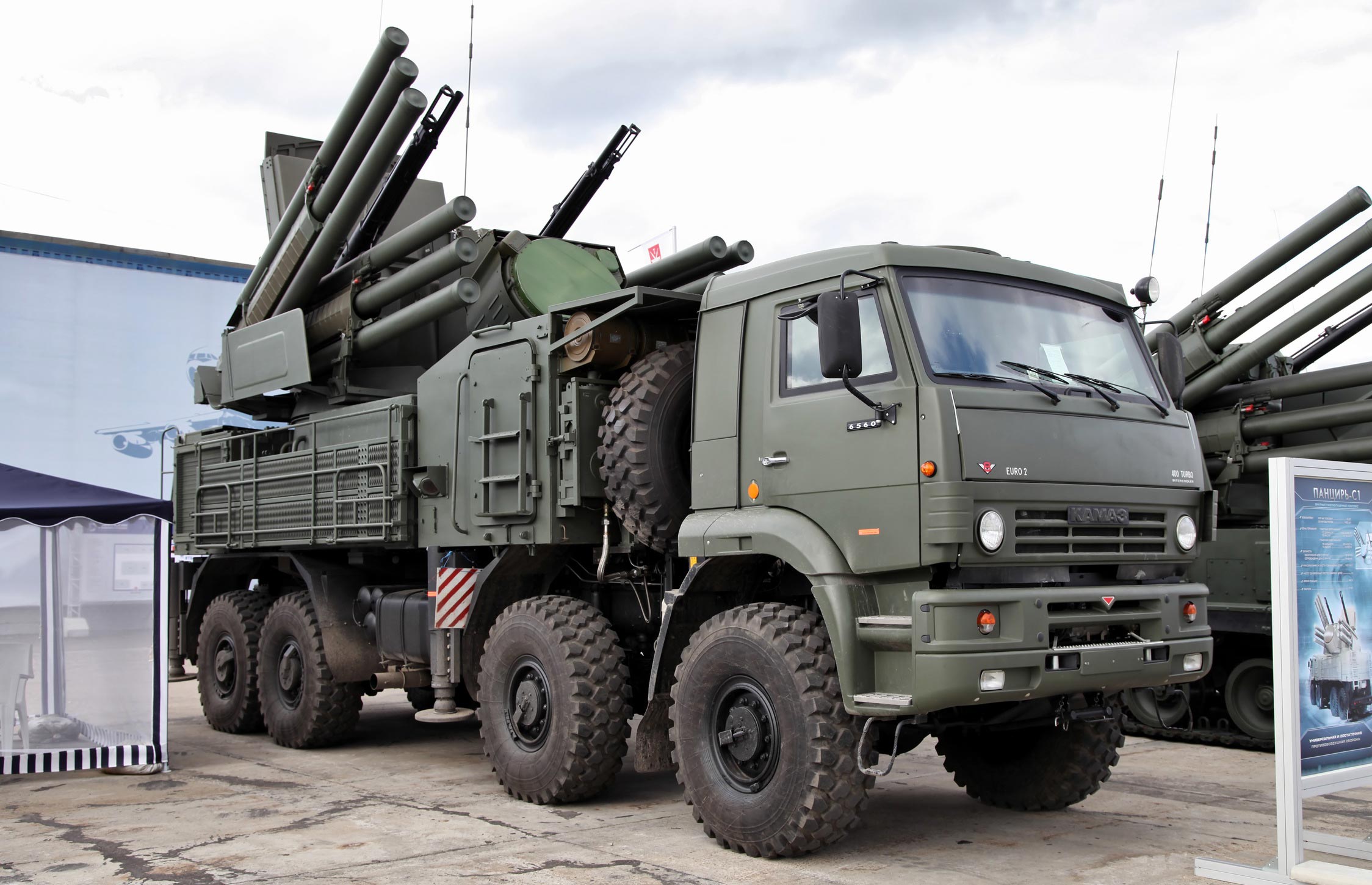1. Please tell us about the development of the Pantsir air defense system.
Self-propelled anti-aircraft gun-missile (SPAAGM) system Pantsir was created in accordance with technical requirements of the Russian Air Defense Forces, issued in the late 1980s, as a means of self-defense of S-300P long-range anti-aircraft missile systems. The Pantsir was supposed to provide cover for the near air defense zone of S-300P which means to track and defeat low-flying targets such as drones and helicopters that came to attack the S-300P. The system was developed by the Tula-based KBP Instrument Design Bureau, with Arkady Shipunov in-charge of engineering the system.
A. Shipunov used in the new system a high-speed two-stage bicaliber missile, which already had a significantly extended range. The prototype of the Pantsir was built quickly enough, and in 1995 it was demonstrated at MAKS airshow. But the military lost interest in it, and the funding also ceased. A few years later, the Pantsir project regained traction.
2. How did that happen? Did it have to do anything with United Arab Emirates buying the Pantsir?
The reincarnation of the Pantsir happened due to the efforts of the KBP, which culminated in the conclusion in 2000 of a contract with the first customer, the UAE. Persuasion by A. Shipunov made it possible to agree on the delivery of the air defense system, which at that time was even not in service with the Russian army.
The design of the system, which became known as the Pantsir-S1, considerably differed from the prototype shown to the public in 1995. The layout of the systems was common, with the essential components being different. The main difference is that the missile with a 20 km range was added, which was a unique feature for both Russian or foreign systems at that time, and is unique even now.
Its 2A72 single-barrelled guns were replaced by 2A38M rapid-firing double-barrelled anti-aircraft guns. Target detection radars and combat multifunctional radar system were significantly redesigned. Following the improvements and tests, the KBP developed a unique air defense system with a dual-weapon armament suite, radar set and an optical-electronic subsystem integrated onto a single automotive vehicle. Such a level of tactical autonomy has yet to be surpassed.

